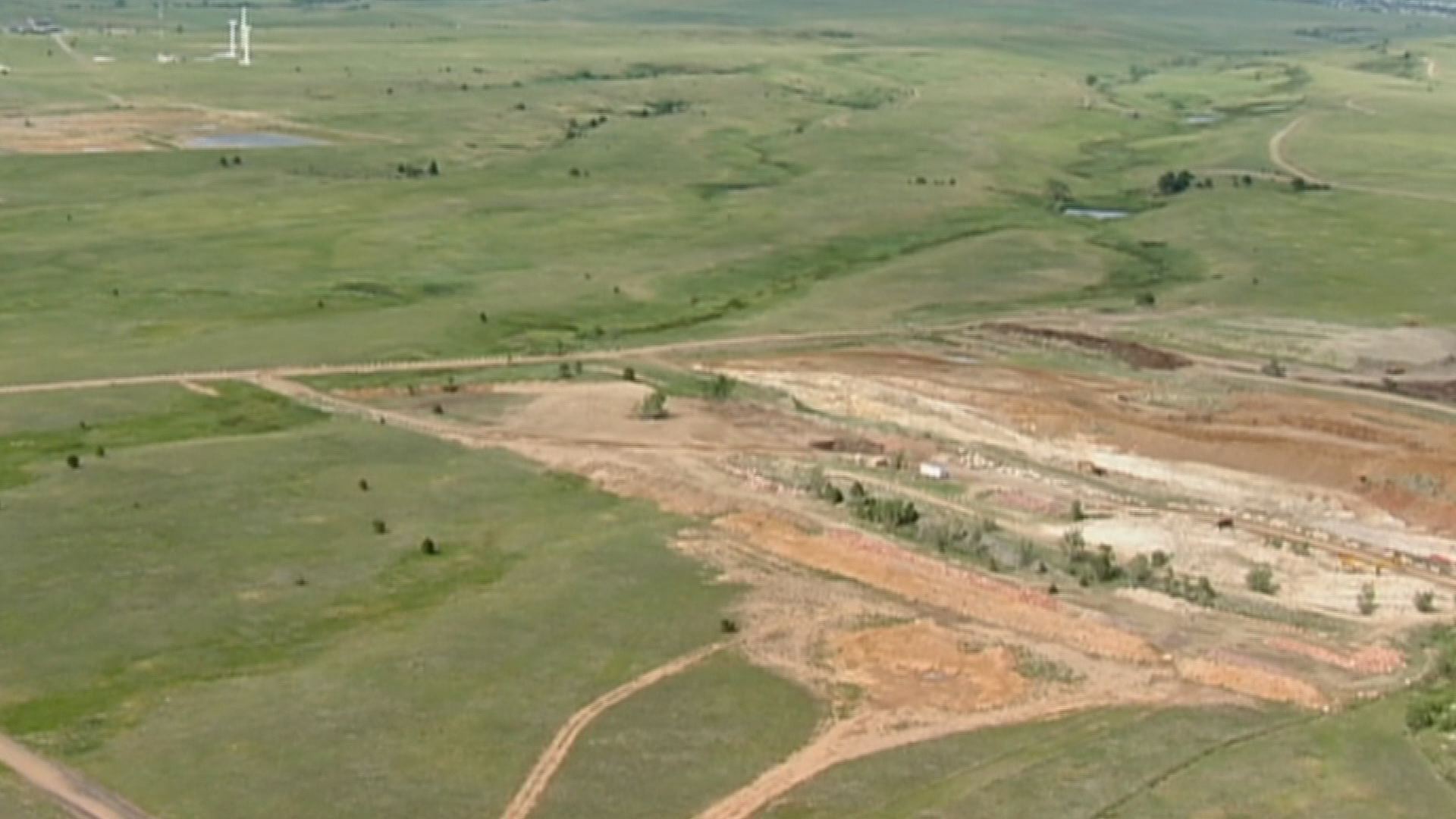Preliminary results from an ongoing health study performed by Metropolitan State University suggest that residents who lived near the Rocky Flats nuclear plant from 1952 to 1992 may have experienced unusual illnesses, including specific cancers linked to radiation exposure.
The survey was launched online in May and drew more than 1,700 responses over seven months.
The results may corroborate the long time speculation about the potential health effects of living near the nuclear production facility, says Carol Jensen, the principle investigator for the survey and a professor of integrative health care at Metropolitan State University of Denver.
"I see some concerning patterns in the data," Jensen said. "Thyroid cancer, for example, is the second most common disease in our research and has been linked to ionizing radiation in the past. The rest of the state and nationwide, thyroid is the ninth most common cancer."
More than 40 percent of the reported cancers are classified as "rare," according to Jensen. The data also showed other unusual diseases, even some unknown to Jensen, a longtime nurse.
The results from the survey will be released in two town hall-style meetings Friday, led by MSU Denver, Colorado State University and advocacy organization Rocky Flat Downwinders, which spearheaded the idea for the community health project.
Two past studies attempted to measure the health impacts in the area but the testing was flawed, according to Jensen.
She says, one used theoretical models to analyze exposure for people who worked outside only. The other looked for certain types of cancer but not cancers most often linked to radiation.
Jensen cautioned that it is impossible to draw firm conclusions from the findings, because they are drawn from a small sample size and the nature and scope of the study make the data difficult to quantify.
The Rocky Flats Plant was located 16 miles northwest of downtown Denver between Arvada and Superior in Jefferson County. The industrial facility used plutonium to build triggers for nuclear weapons for 40 years. The site underwent an extensive clean-up project that finished in 2005 and cost $7 billion dollars.
Workers at Rocky Flats manufactured nuclear weapons components from 1952 until 1992, then the government closed the plant and began cleaning up the nuclear material. The location is now part wildlife refuge and part Superfund site.
The first public meeting will take place Friday at noon at the Standley Lake Library in Arvada. The other was held at Superior Town Hall at 6 p.m.


